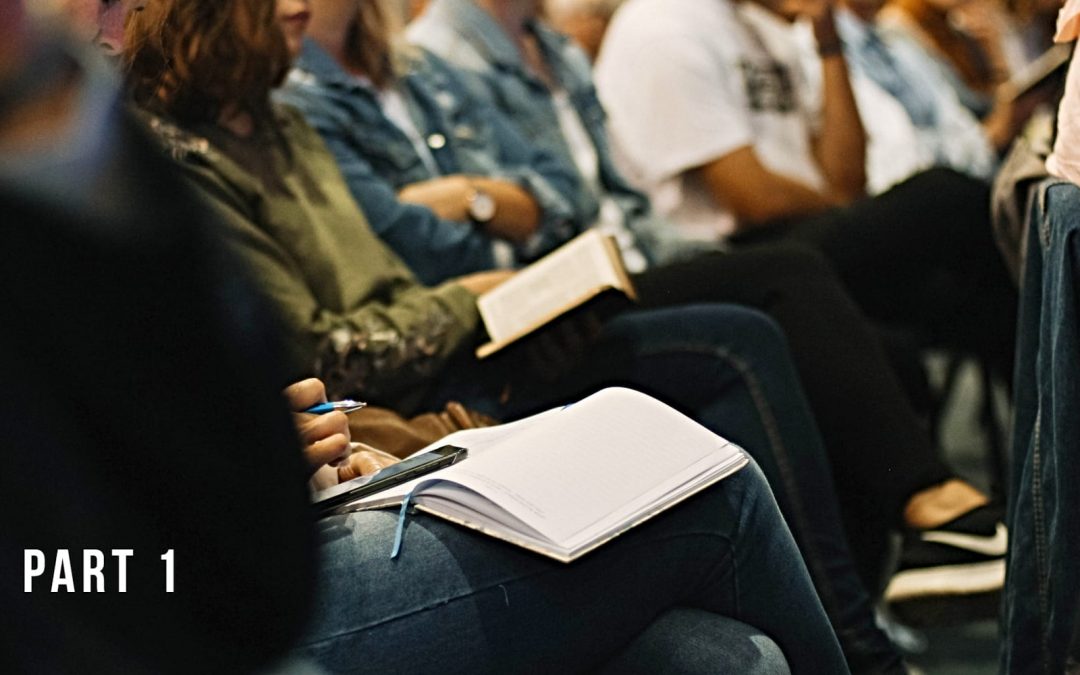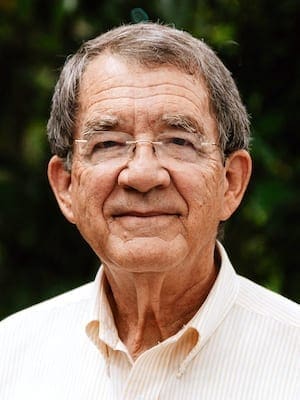There is little question that the “world of church” is changing.
Seismic tremors of sex-abuse scandals in large denominational bodies have had an impact on public credibility for Roman Catholics and Southern Baptists.
A decision to affirm restrictions for ordination and marriage by global Methodists threatens to split and likely reduce loyalty in that major denomination, especially in the U.S.
Add to that the erosion of participation and support for traditional patterns of worship and ministry experienced across the board for decades, along with the generational patterns of engagement that are separating a spiritual dimension of life from the church of the elders.
The prospects for a thriving future of “healthy churches” are not promising.
Observers aided by the numerous studies of these patterns are presented with the double-edged phenomenon of declining traditional churches and the springing forth of less formal “faith fellowships” that are intentionally attuned to the cultural patterns and lifestyles of younger and more mobile segments of the population.
Some voices bemoan the loss of once strong and stable centers of the community, deeply rooted in a theological tradition that had nourished several generations.
Other voices celebrate the new movement of the spirit in less traditional energetic settings, where life is affirmed in ways that connect with a new generation.
Those of my generation can remember the energy of the “Jesus movement” of the late ’60s and early ’70s, energized by such popular media expressions as “Jesus Christ Superstar.”
Related patterns were noted by Dean Kelly in his book at the time, “Why Conservative Churches are Growing,” suggesting that the simplicity of a gospel message of personal salvation, unencumbered by complex nuances and ethical admonitions toward justice, was connecting with a population caught in the crosscurrents of social change.
The “world of church” was changing then too.
That period also saw the beginnings of a loss of vitality within the educational dimension of church ministry, as the “school model” of Sunday School and related programs began to lose its centrality for the nurturing task within church fellowships.
The creativity of new approaches had the benefit of infusing energy into the educational process, while the value of a sustained and structured framework for learning experiences in the larger context of church experience began to fade.
A representative voice speaking to this challenge was that of Christian educator John Westerhoff.
His book, “Values for Tomorrow’s Children,” became a staple among those preparing for educational ministry; and his subsequent book – “Will Our Children Have Faith?” – spoke directly to the urgent challenge of cultivating a faith perspective in the new frontier of a different kind of church world.
His was a call for an educational focus that carefully identified the essentials of the faith journey in a partnership of theological perspective and developmental psychology.
The “nurturing of values” became the new wine requiring new wineskins, as the school model of Bible study began to give way to various expressions of experiential learning.
The obvious downside of this creative approach was that attention to the “basics” of traditional Christian education – biblical study and various denominational versions of catechetics – received less attention, thereby weakening awareness of the foundations of experiential theology and ethics.
A few years after “Will Our Children Have Faith?” Old Testament theologian Walter Brueggemann joined the conversation with a lecture at Eden Theological Seminary in 1983, transposing the title to “Will Our Faith Have Children?”
In this lecture, he responded to the challenge being experienced in the changing church world by placing it in the paradigm of the covenant community’s cycle of change/loss/rebirth, suggesting that both loss of familiar and secure ways and the new creativity of rebirth are essential features of a sustainable faith tradition.
Change, loss and rebirth, he suggested, can and should be integral and incorporated into the educational process of the covenant community, in order for it to be open to God’s ongoing creativity.
Without the balance of both, faith’s expression will give over to despair and nostalgia or rootless enthusiasm.
This discussion of a generation ago came to mind in response to the current assessments of the “future of the church as we know it,” with their data on patterns of commitment and participation.
If the pattern of significant change is to be the shape of the future, it would seem to suggest the following questions:
- What is the task and function of education within that new framework for the church?
- What would be the content and practice of what was previously known as “Christian education” in the new incarnation of a Christian community of faith?
- If a previous generation’s education was to inform participants of the foundations and history of their tradition and to facilitate their engagement with its story as their own, what will be the focus of the new generation’s effort to nurture the faith experience and to encourage a deepening understanding of it?
Part two of this reflection will suggest some features and directions that such education might take to address “Will our children have faith?” and “Will our faith have children?”
Editor’s note: This article is the first of a two-part series. Part two is available here.
Professor emeritus of religious studies at Mercer University, a member of Smoke Rise Baptist Church in Stone Mountain, Georgia, and the author of Keys for Everyday Theologians (Nurturing Faith Books, 2022).


